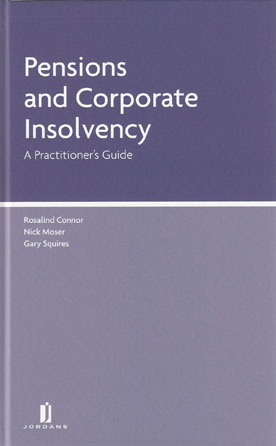We are now closed for the Christmas and New Year period, returning on Monday 5th January 2026. Orders placed during this time will be processed upon our return on 5th January.

The ongoing arguments on the priority of pensions liabilities in an administration or a liquidation, in the case of Bloom v The Pensions Regulator, reaches the Supreme Court in 2013.
The case focuses on the Regulator's rights where it issues its notice after the commencement of the administration of the recipient. It was held by the High Court and the Court of Appeal to rank as administration expenses, ahead of unsecured creditors and the administrator's own fees. Many see this as an anomaly, and are waiting for the Supreme Court or Parliament to adjust the legal position again.
At the same time, the Regulator continues to assess its ability to impose its powers in the UK and overseas. Following the success with Sea Containers Limited, where the financial support direction gave rise to an agreement which was upheld by the Delaware bankruptcy courts, the Regulator has had much more limited success pursuing the Nortel Networks group overseas, meeting resistance from the courts both in the US and Canada.
At the same time, its contribution notice in relation to the Bonas Group Pension Scheme was settled at a much reduced figure out of court, following some significant criticism of its approach in Michel van der Wiele v the Pensions Regulator 2011. All of this happens in the context of the English common law's position on the enforcement of foreign judgments having been further refined by the Supreme Court's October 2012 decision in Rubin v Eurofinance.